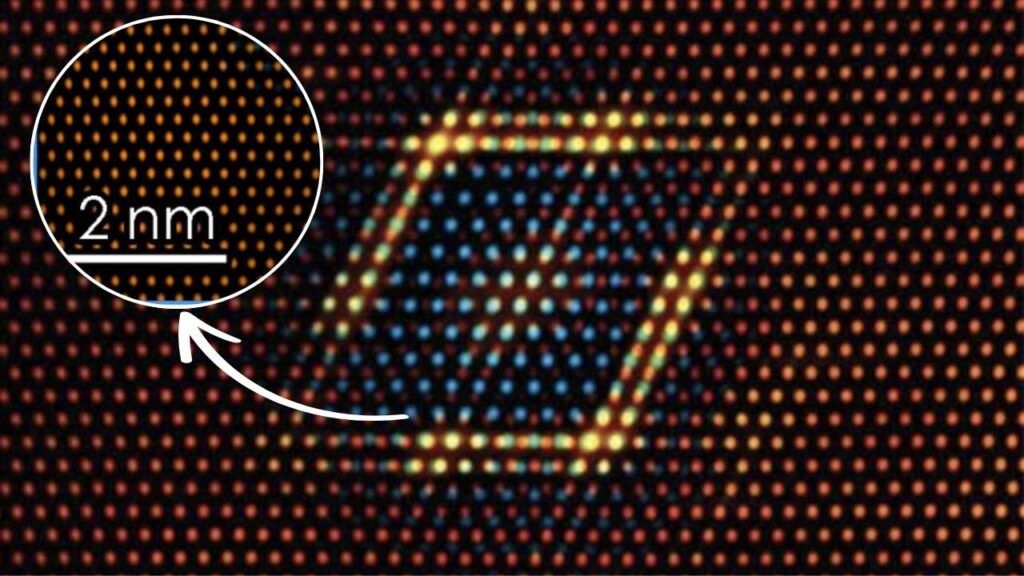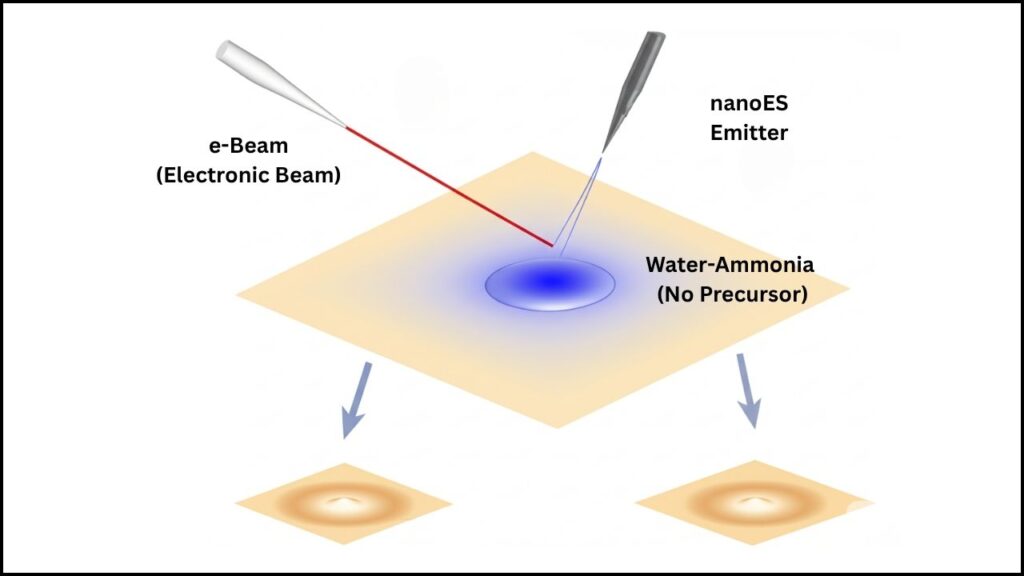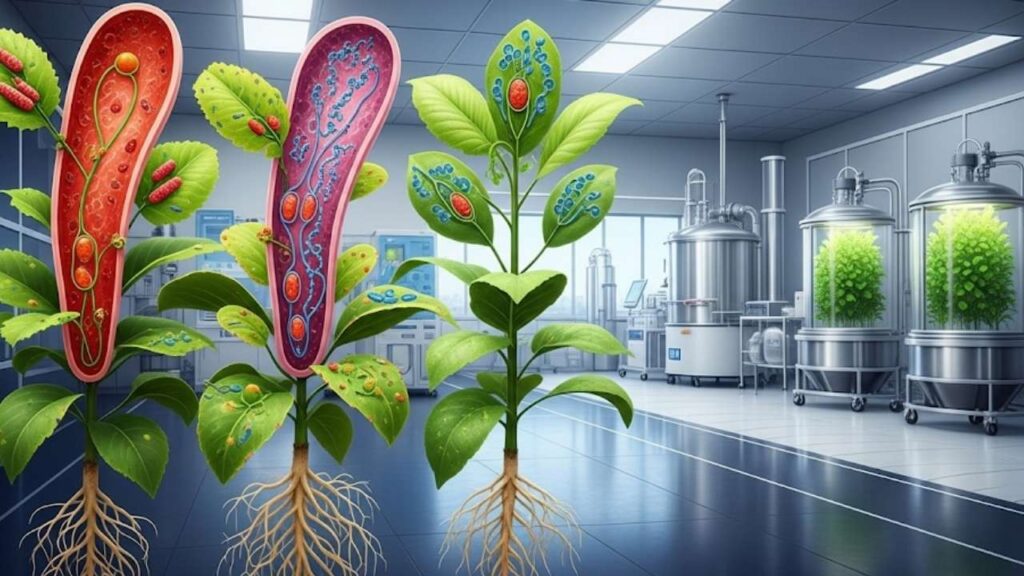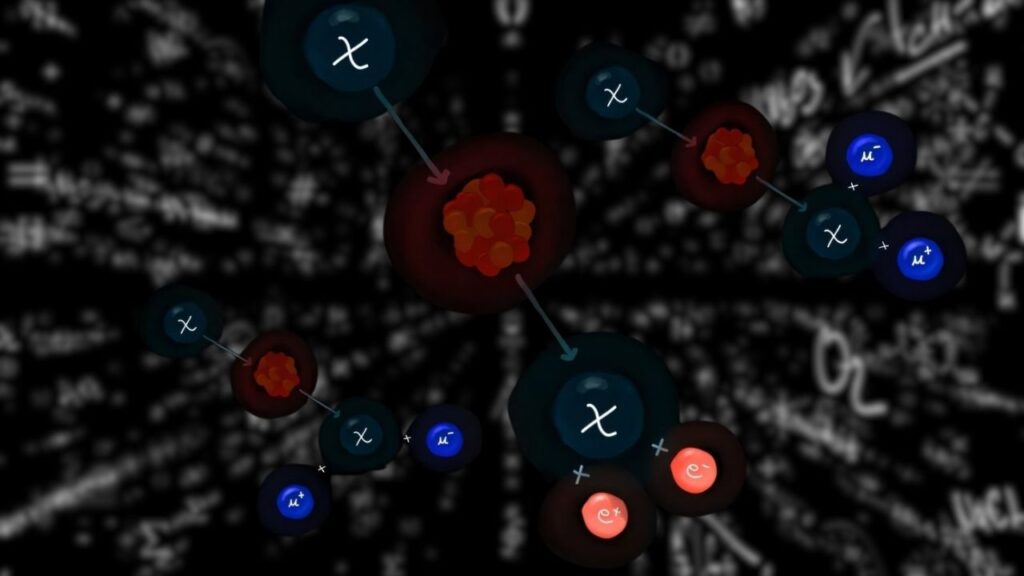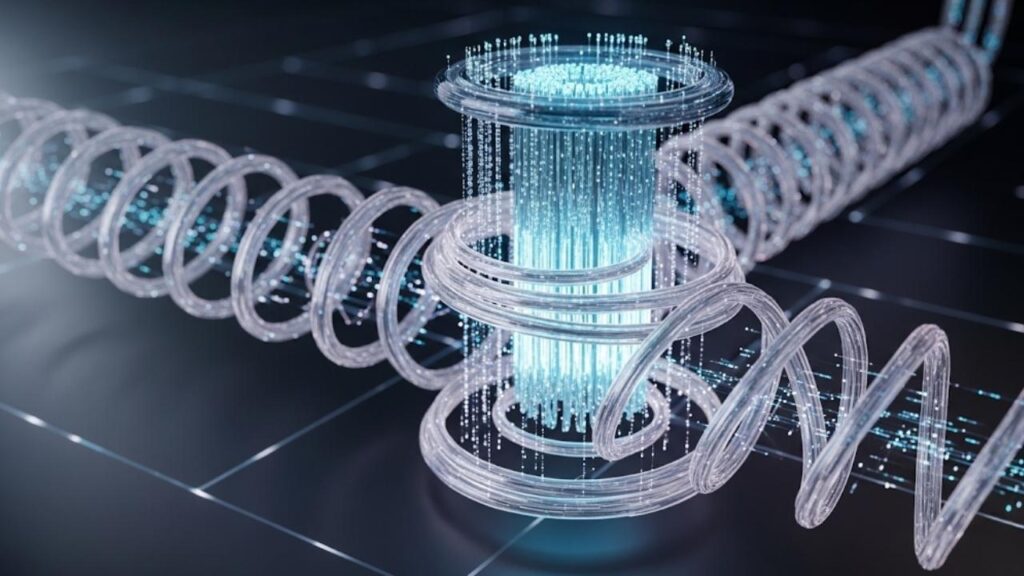DNA—the molecule that encodes the instructions for life—has always fascinated scientists. But in recent years, researchers have discovered that DNA’s potential goes far beyond genetics. Today, scientists are harnessing DNA as a programmable building block to create customized 3D materials with unique properties. This innovation is opening new frontiers in nanotechnology, electronics, medicine, and materials science, promising to reshape how we design and manufacture the world around us.
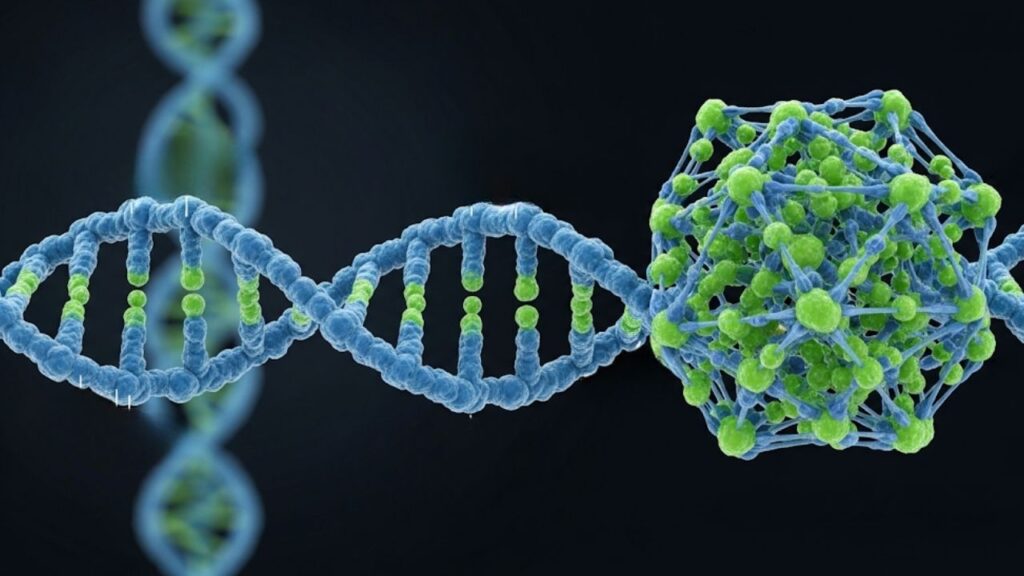
In this article, we’ll explore how DNA is being used to build these remarkable materials, why this matters, and what the future holds. Whether you’re a student, a professional, or simply a curious reader, you’ll find practical insights, real-world examples, and expert guidance on this cutting-edge topic.
Table of Contents
Scientists Use DNA as a Building Block
| Feature/Insight | Details & Data | Professional/Career Relevance |
|---|---|---|
| What’s New | DNA used as a modular building block for 3D materials | Opens new fields in nanomanufacturing, materials science, and electronics |
| How It Works | DNA strands programmed to self-assemble into 3D frameworks | Skills in molecular engineering, bioinformatics, and nanofabrication become highly valuable |
| Applications | Electronics, AI hardware, photonics, catalysis, bio-scaffolds | Potential for new careers in AI hardware, quantum computing, and biotechnology |
| Advantages | Massively parallel, scalable, customizable, robust under extreme conditions | Enables next-gen devices, more efficient manufacturing, and new research opportunities |
| Proof of Concept | Working 3D light sensors built from DNA frameworks coated with semiconductors | Demonstrates real-world device fabrication; relevant for semiconductor and electronics professionals |
| Official Resource | Brookhaven National Laboratory | Leading research institution in DNA-based nanotechnology |
The use of DNA as a building block for 3D materials represents a transformative leap in science and engineering. By leveraging the power of programmable self-assembly, researchers are creating materials and devices that were previously unimaginable—smaller, smarter, and more complex than ever before. As costs fall and techniques improve, DNA-based materials are poised to revolutionize industries from computing and medicine to energy and manufacturing. The future of materials science is being written, one DNA strand at a time.
Understanding DNA as a Building Block
DNA—short for deoxyribonucleic acid—is best known as the molecule carrying genetic instructions in living things. But at its core, DNA is also a programmable polymer: its sequence of four chemical bases (A, T, C, and G) can be arranged in countless combinations, each with predictable binding behavior. This makes DNA an ideal candidate for molecular engineering.
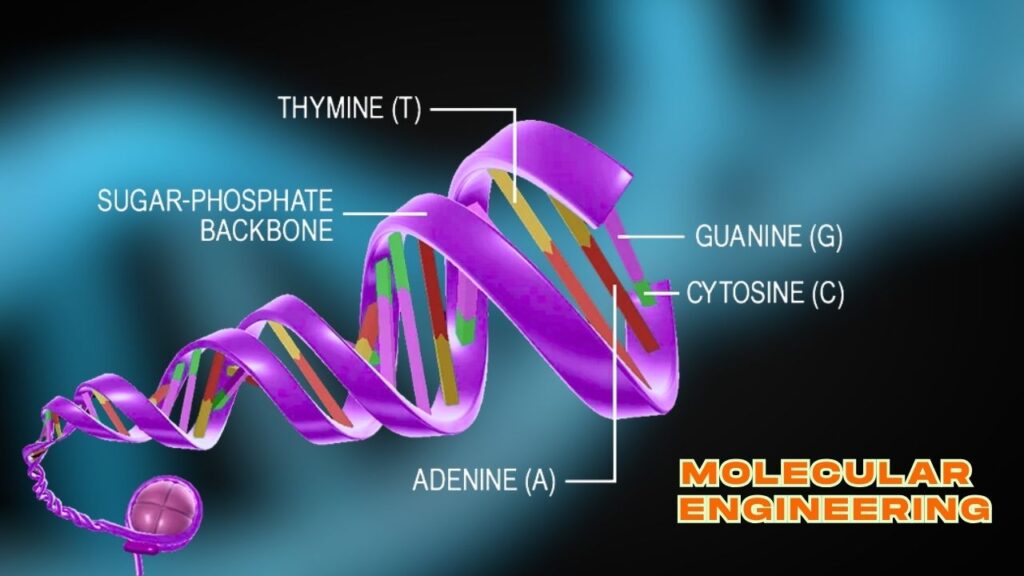
Why DNA?
- Programmability: By designing specific DNA sequences, scientists can control how DNA strands interact and bind, much like writing a code for molecular assembly.
- Precision: DNA strands can self-assemble into precise shapes and patterns at the nanometer scale, far smaller than what traditional manufacturing can achieve.
- Versatility: DNA can be combined with other materials—such as metals, semiconductors, or proteins—to create hybrid structures with tailored properties.
The Science Behind DNA-Based 3D Materials
Step 1: Designing DNA Building Blocks
The process begins with the careful design of DNA sequences. Using computer algorithms, researchers create strands that will fold into specific geometric shapes, such as cubes, octahedrons, or more complex polyhedra. These shapes are sometimes called DNA origami or voxels (volumetric pixels).
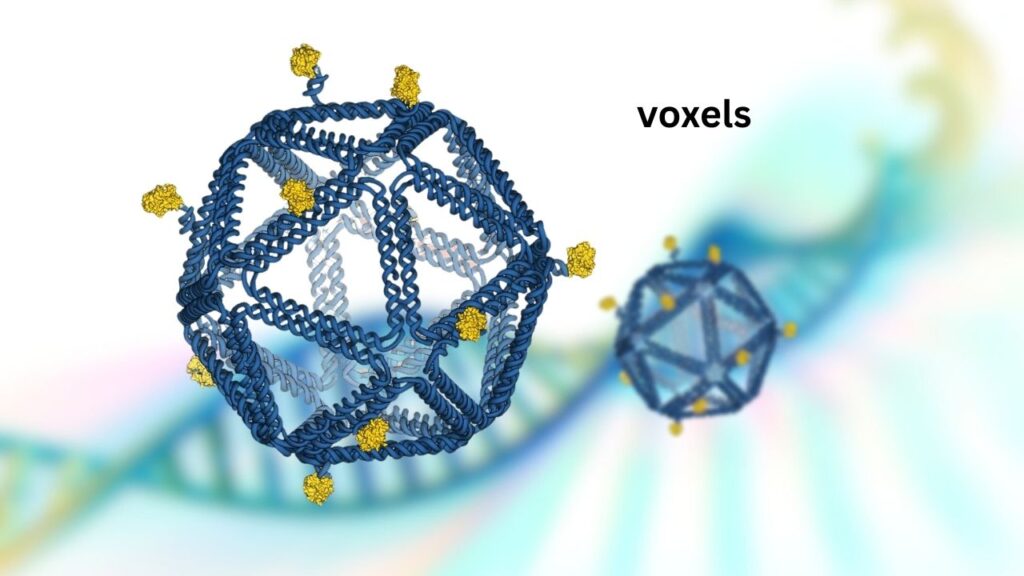
- Example: A single DNA strand can be programmed to fold into an octahedron, with each face or corner designed to connect only with specific partners.
Step 2: Self-Assembly
Once synthesized, these DNA building blocks are mixed in solution. Thanks to their unique sequences, they find their matching partners and snap together, assembling into larger, ordered 3D frameworks. This is called bottom-up assembly, as structures are built from the smallest components upward.
- Fact: This process can occur simultaneously for millions of building blocks, enabling the rapid creation of complex nanostructures.
Step 3: Functionalization
To add functionality, scientists can attach other molecules or nanoparticles to the DNA frameworks. For instance, gold nanoparticles can be attached to create structures with unique optical properties, or semiconductor materials can be added for electronic functions.
- Example: Researchers have built 3D light sensors by coating DNA frameworks with semiconducting materials, demonstrating the potential for real-world devices.
Step 4: Stabilization and Conversion
While DNA is an excellent scaffold, it’s not always robust enough for industrial use. To make the structures durable, scientists often coat them with materials like silica or metal oxides. The DNA can then be removed by heating, leaving behind a stable, inorganic replica that retains the original 3D architecture.
- Result: The final material is much more resilient, able to withstand high temperatures, pressure, and even radiation.
Real-World Applications of DNA-Based 3D Materials
The ability to create customizable 3D materials at the nanoscale has far-reaching implications across many industries.
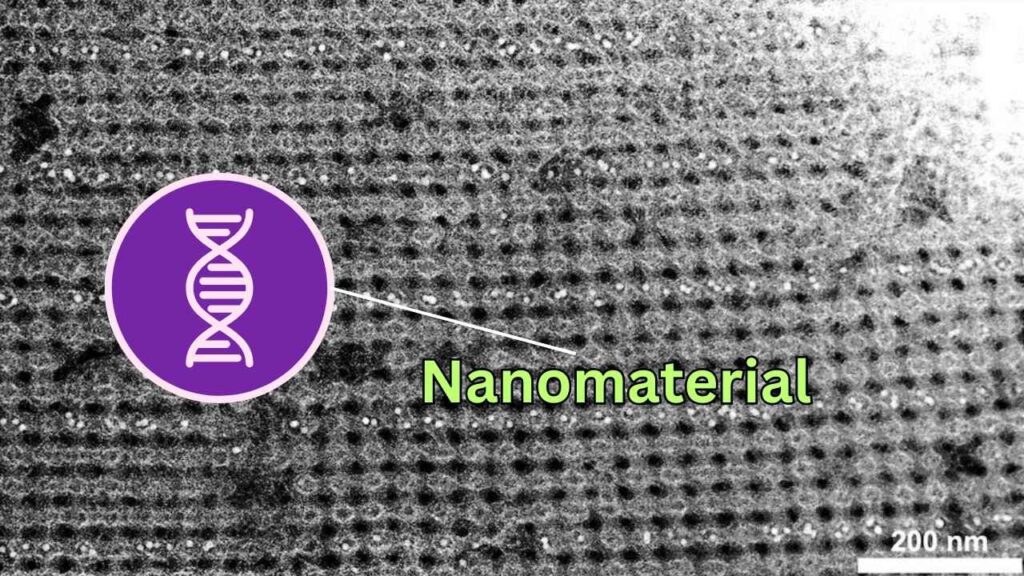
Electronics and Computing
- 3D Integrated Circuits: DNA-based assembly allows for the creation of complex, three-dimensional circuits that can pack more computing power into smaller spaces. This could lead to faster, more efficient processors and memory devices.
- Neuromorphic Hardware: By mimicking the 3D structure of the human brain, DNA-assembled materials could enable new types of artificial intelligence hardware that process information more like biological neurons.
Photonics and Light Manipulation
- Photonic Crystals: DNA frameworks can be used to arrange nanoparticles in precise patterns, creating materials that control light in innovative ways. These could improve lasers, sensors, and quantum computing devices.
- Optical Metamaterials: Custom 3D structures can bend, reflect, or filter light in ways not possible with natural materials, opening new possibilities in imaging and communications.
Medicine and Biotechnology
- Drug Delivery: DNA-based scaffolds can carry therapeutic molecules and release them at targeted locations in the body, improving the effectiveness and safety of treatments.
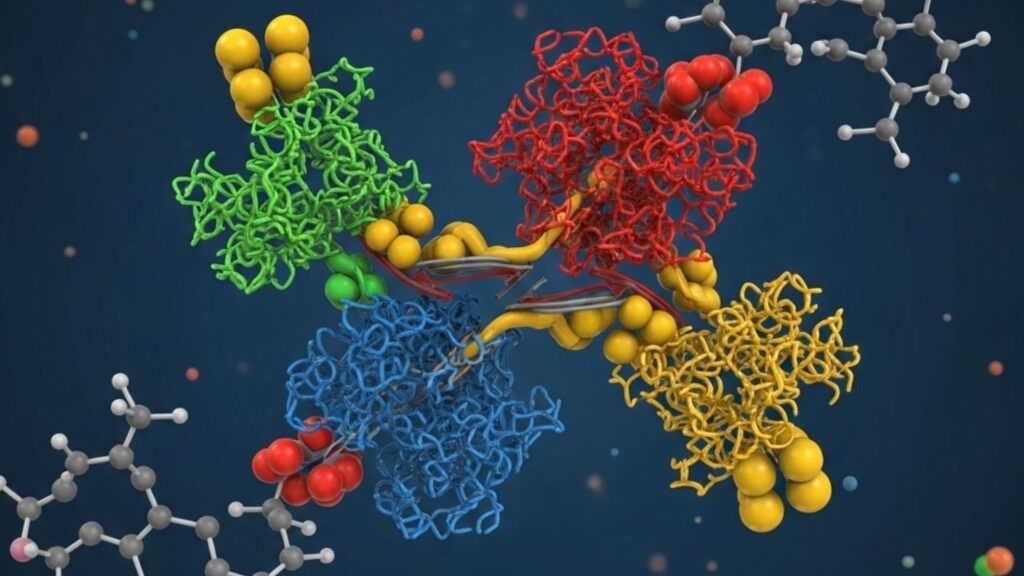
- Tissue Engineering: Custom 3D frameworks can serve as scaffolds for growing tissues or organs, potentially revolutionizing regenerative medicine.
- Biosensors: DNA nanostructures can be engineered to detect specific molecules, enabling highly sensitive diagnostic devices.
Energy and Catalysis
- Catalytic Materials: By arranging catalytic nanoparticles within DNA frameworks, scientists can create highly efficient catalysts for chemical reactions, improving processes in fuel cells, batteries, and green chemistry.
- Energy Storage: DNA-assembled materials could lead to new types of batteries or supercapacitors with higher storage capacities and faster charging times.
Comparing DNA-Based Assembly to Traditional Manufacturing
| Traditional Manufacturing | DNA-Based 3D Assembly |
|---|---|
| Top-down (carving, etching, printing) | Bottom-up (self-assembly from molecules) |
| Limited by tools and scale | Works at the nanoscale, with atomic precision |
| Slow and expensive for complex 3D | Massively parallel, scalable, customizable |
| Mostly 2D or simple 3D structures | Complex 3D architectures, like those in nature |
| Materials: metals, silicon, plastics | Materials: DNA, metals, semiconductors, more |
Key Takeaway: DNA-based assembly enables the creation of structures and devices that are too small or complex for traditional methods, with the added benefit of scalability and customization.
The Road Ahead: Challenges and Opportunities
While the promise of DNA-based 3D materials is immense, several challenges remain:
- Cost and Scalability: Synthesizing large quantities of custom DNA can be expensive, though costs are dropping as technology advances.
- Integration with Existing Technologies: Adapting DNA-assembled materials for use in current manufacturing processes requires new methods and standards.
- Long-Term Stability: Ensuring that DNA-based materials remain stable and functional over time, especially in harsh environments, is an ongoing area of research.
Despite these hurdles, the field is advancing rapidly, with new breakthroughs reported every year. As the technology matures, it’s expected to move from the laboratory to commercial applications, transforming industries in the process.
How to Get Involved: Practical Advice for Learners and Professionals
For Students and Young Learners
- Focus on STEM: Build a strong foundation in biology, chemistry, physics, and computer science.
- Explore DNA Origami: Try hands-on kits or online simulations to learn how DNA self-assembly works.
- Stay Curious: Follow scientific news and breakthroughs in nanotechnology and materials science.
For University Students and Researchers
- Specialize: Consider advanced studies in molecular engineering, nanotechnology, or bioinformatics.
- Join Research Projects: Look for opportunities to work in labs focused on DNA nanotechnology or advanced materials.
- Collaborate: Interdisciplinary skills—combining biology with engineering or computer science—are highly valuable.
For Professionals
- Stay Informed: Keep up with the latest research and trends in nanomanufacturing, biotechnology, and materials science.
- Network: Attend conferences, workshops, and seminars to connect with experts in the field.
- Innovate: Explore how DNA-based assembly could enhance your products, processes, or research.
Sea Spiders Store Organs in Their Legs, and DNA Is Helping Scientists Understand Why
Ancient DNA From Sled Dogs Offers New Clues About Human Migration History
Tiny Nanopore Sensor Promises Faster, Cheaper, and More Accurate DNA Sequencing for Everyone
FAQs About Scientists Use DNA as a Building Block
What makes DNA a good building material for nanotechnology?
DNA is highly programmable and predictable. Its unique sequence-based pairing allows scientists to design strands that self-assemble into specific shapes, enabling the construction of complex nanostructures with atomic-level precision.
Are DNA-based 3D materials safe and stable?
Once the DNA scaffolds are converted into inorganic materials (like silica or metal oxides), the resulting structures are extremely robust. They can withstand high temperatures, pressure, and even radiation, making them suitable for industrial and medical applications.
Can DNA-based 3D materials be produced at scale?
Yes. The self-assembly process is massively parallel, meaning millions of structures can form simultaneously in a single batch. As DNA synthesis technology improves, large-scale production is becoming increasingly feasible.
Which industries will benefit most from this technology?
Electronics, artificial intelligence, photonics, medicine, energy, and any field that requires advanced, customizable nanomaterials stand to gain significantly from DNA-based 3D materials.
